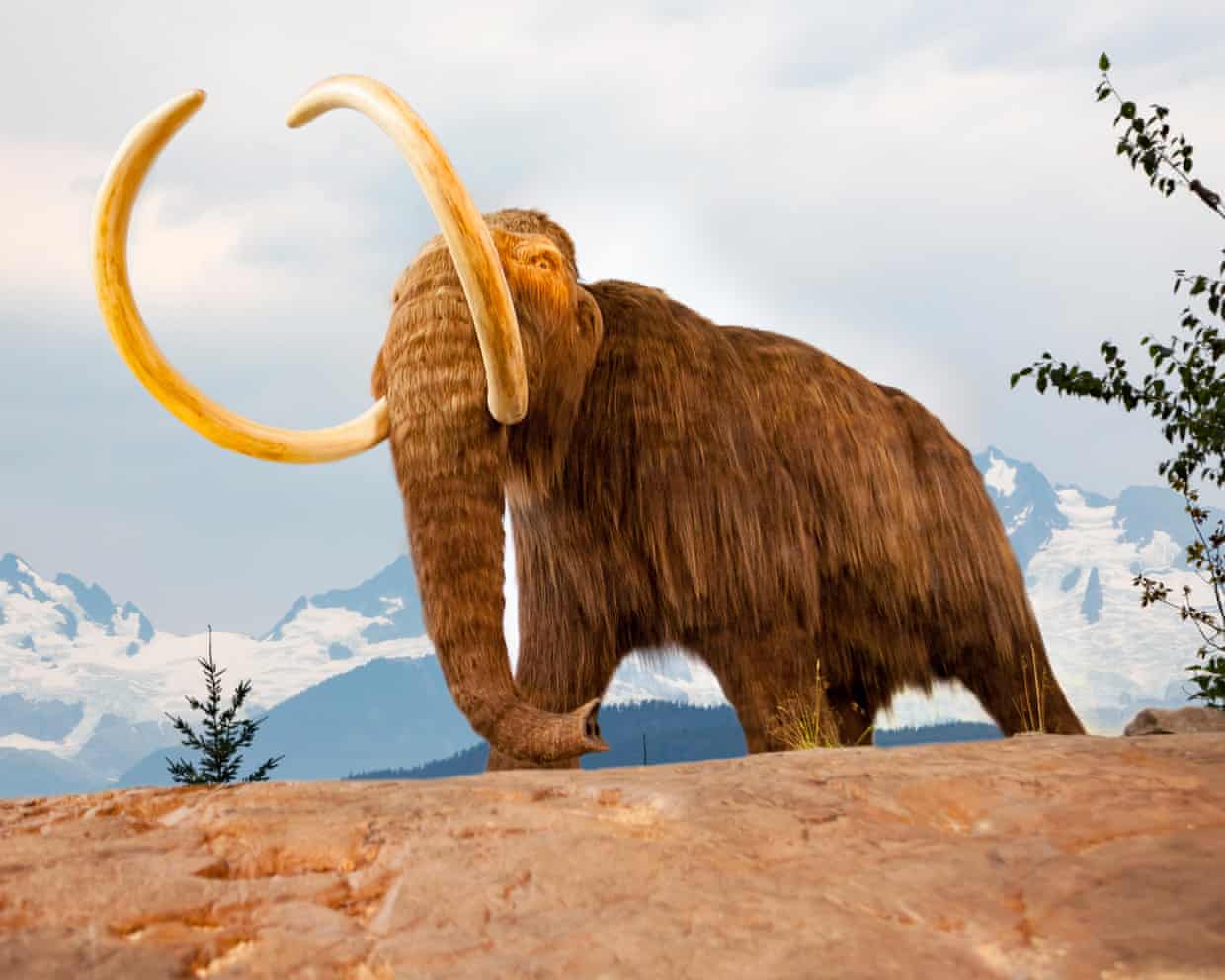Fossilisation is a rare process, with most living organisms leaving no trace after their demise. In certain environments, however, the DNA from these organisms can become intertwined with soil and rock, creating a lasting record of their existence for hundreds of thousands, or even millions, of years. Scientists are now harnessing this concept, referred to as sedaDNA, to reconstruct a clearer picture of past ecosystems and the creatures that inhabited them.
Research led by Tony Brown from the University of Southampton highlights how sedaDNA can reveal significant insights into ancient life. For instance, recent studies indicate that woolly mammoths may have survived in the Arctic long after they were previously believed to be extinct in that region. This remarkable finding underscores the potential of sedaDNA to challenge established narratives in paleontology.
Revolutionising Our Understanding of Ancient Environments
Every living organism contributes DNA in various forms, including skin flakes, hair, faeces, urine, pollen, and decaying tissue. These remnants can be preserved under the right conditions, allowing scientists to analyse them for clues about ancient ecosystems. According to Brown, when this DNA is incorporated into a mineral structure, it can remain intact for millennia.
In a recent publication in Geoscientist, Brown elaborates on the methods researchers employ to recover sedaDNA. One notable example comes from Norway, where scientists have successfully matched sedaDNA with ancient rock paintings of animals found on cave walls. This connection between DNA and visual historical records provides a profound understanding of how species interacted with their environments.
Exploring Ancient Civilisations
Additionally, Brown and his team are engaged in a project known as PortGEN, which focuses on analysing sedaDNA from sediments collected in historic world ports, including Rome and Venice. By examining these ancient sediments, researchers aim to gain new insights into the daily lives and environments of past civilisations.
The implications of sedaDNA research are vast. As techniques continue to evolve, the potential to reconstruct detailed narratives of ancient life becomes increasingly attainable. Brown emphasises that this emerging field is one to watch, as it could significantly enhance our understanding of both ancient and modern ecosystems.
In conclusion, the study of sedaDNA is opening doors to a wealth of information about our planet’s biological history. As researchers continue to push the boundaries of this innovative approach, the stories of long-extinct creatures and ancient human societies are becoming clearer than ever.
